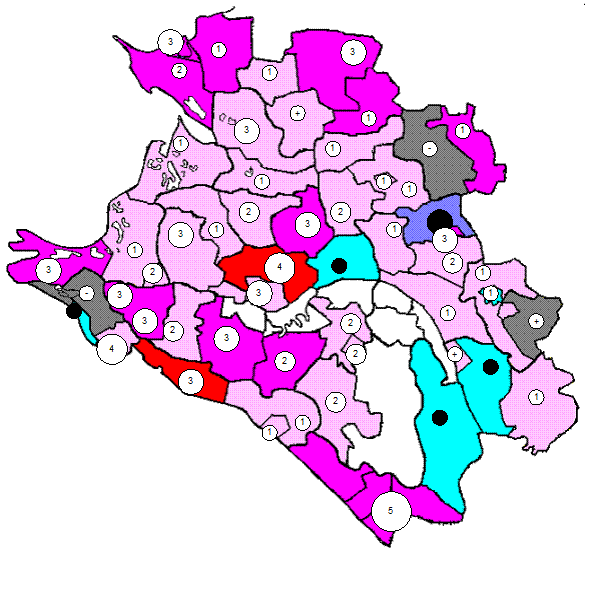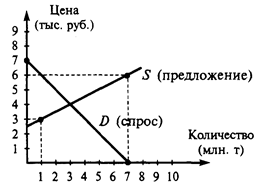Icons and icon painting
Why are Russian Icons valued as precious troves in the whole world? Kyivan Rus is closely connected with religion, its essence and its form and, like any medieval art, it had to follow certain rules, canons.
Wall paintings or the murals had to tell the worshiper the basic regulations of Christianity; and to serve a kind of a Gospel for the illiterate ones.
Icon painting appeared in the XIth century. Christian worshipers, regarding the icon as a visible symbol of the invisible world, as depiction of secret and supernatural visions, worked out a strict system of icon painting. Orthodox church forbade images to be painted from living people as well as according to artist’s imagination. One of the icon painting requirements was to stress unearthly essence and spirituality. The figures were to be painted flatly and motionless. The golden background of the icon symbolized divine light. But figures didn’t cast a shadow because there were no shadows in the Kingdom of God. The paintings produced had vivid, luminous tones, which for all their differences, harmonized without losing any of their forcefulness. It may have been this feeling for colour and love of icons that led, early in the 14th century to the introduction into churches of the iconostasis. In the 15th century changes that began to take place in Russian icon painting brought about the birth of a national art. This evolution is visible in the gradual elimination of the Mediterranean scene represented in the background of icons. Russian saints and scenes from their lives became subjects for the Russian artists. Muscovite types and native costumes began to appear in icon painting. The colours were extraordinarily brilliant. Many outstanding icon and fresco painters in the 16th century worked first at Novgorod and later in Moscow, thus linking these two schools of painting and introducing Byzantine artistic terms and features to Moscow. Some artists expressed the rites of the church in symbolic images; others pictured parables and legends. At the end of the 16th century the Stroganov School of painting appeared in Moscow, representing the last vital stage of medieval paintings. This type was characterized by small size, miniature technique, eastern choice of colours, and exquisite refinement of details. Monumentality was replaced by precious virtuosity and deep emotion by decorative elegance.
Answer the questions: 1. What is mosaic? 2. When did icon painting appear? 3. What were the icon painting requirements? 4. When was the iconostasis introduced into the church? 5. How many tiers of icons are there usually in churches? 6. Where did the first Russian fresco painters work? 7. When did the Stroganov School of painting appear? 8. What was it characterized by?
|

 Mosaics and frescoes played the leading role in the monumental Russian art.
Mosaics and frescoes played the leading role in the monumental Russian art. Mosaics covered the most significant part of the church, that is the central cupola and the apse. The rest part of the church is painted with frescoes.
Mosaics covered the most significant part of the church, that is the central cupola and the apse. The rest part of the church is painted with frescoes.


